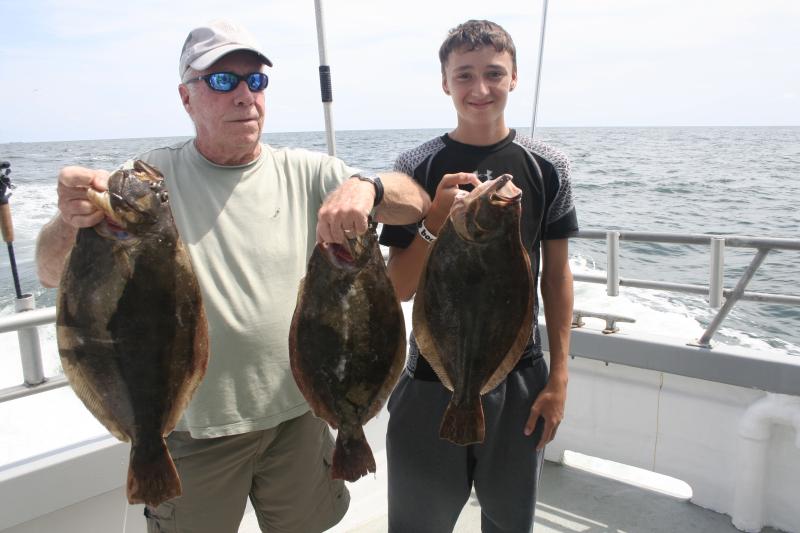The basics of fishing along the Delaware coast
Back in the 1970s and ‘80s, I conducted fishing seminars during the winter that were well received, so I thought I would try to do the same in this column, with emphasis on fishing along the coast from the Delaware Bay to Ocean City, Md. The reason I thought this might be a good idea is the number of emails I get with questions about fishing these waters and the mistakes I see people make every time I go fishing.
The basics
The very first thing everyone must learn when fishing the ocean and bay is the danger presented by the water. While it is possible to drown in a mill pond, it is much easier to lose your life when the water is moving. The bay and ocean are constantly moving, and the force of that movement will carry you away from your boat or a beach or jetty. You must always respect the water, because those who don’t often pay with their lives.
The reason the water is always moving is caused by the moon with a little help from the sun. As the moon travels around Earth, it has a gravitational pull on the water, causing the water to rise and fall. We call this rise and fall the tides.
As the tides rise and fall, the water fills and empties bays and rivers. The movement of the water into and out of these bays and rivers is called current.
As you can see, tides and current are two different things. Tides are the vertical movement of the water, while current is the horizontal movement. Tides go up and down. Currents go in and out. Currents are stronger, and tides are higher and lower on full and new moons.
Tides do not vary unless the moon falls out of the sky. If we are scheduled to have a high tide at noon, we will have a high tide at noon. How high the water will come up can vary depending on the direction of the wind and the alignment of the moon, Earth and sun, and at what distance the moon is from the earth. These same factors will control how far the water will recede on low tide.
As an example, if we have a strong northeast wind, it will cause the ocean to come up higher on the beach and flood Route 1. A strong northwest wind will blow out the ocean and create extreme low tides in the back bays. If either of these weather conditions occurs during a period when the moon, sun and Earth are aligned, the effect will be even greater.
As you might imagine, the current and tides play an important role in determining where and when fish may be feeding. Since the whole object of fishing is to trick a fish into eating something that has a hook in it, it is a good idea to figure out when and where the fish might be having breakfast, lunch or dinner.
One thing to always keep in mind is that fish do not want to exert any more energy than necessary to catch a meal. Some, like summer flounder and striped bass, will hide out of the current and wait for a meal to come by. Others, such as bluefish, are constantly on the move looking for large schools of bait that they can herd up and attack.
This is where structure comes into play. Structure is anything that changes the current flow. It can be a sandbar, a rock or a wreck. Whatever changes the current flow and gives the fish a place to ambush bait.
In our area, structure may be just a small ridge on the bottom of Indian River Bay or a steep drop-off at the Old Grounds. Flounder are likely to be lying on the down-current side of either one.
Wrecks and reefs obstruct the current flow and also attract bait fish that feed off the various things that grow on the structure. Flounder are going to be on the bottom, on the down-current side or directly on top of the structure. Bluefish and stripers will be around the structure working on the small baitfish, while sea bass and tog will be much closer to the structure, feeding on the mussels and crabs that live there.
The current will also create rips where it carries water over a steep change in the bottom structure. Indian River Inlet has the best example in our area. Blues and stripers will feed in the rips when the turbulence causes baitfish to be tossed about. Just about any lure that can sink down to where the fish are active will be met with a jarring strike.

























































